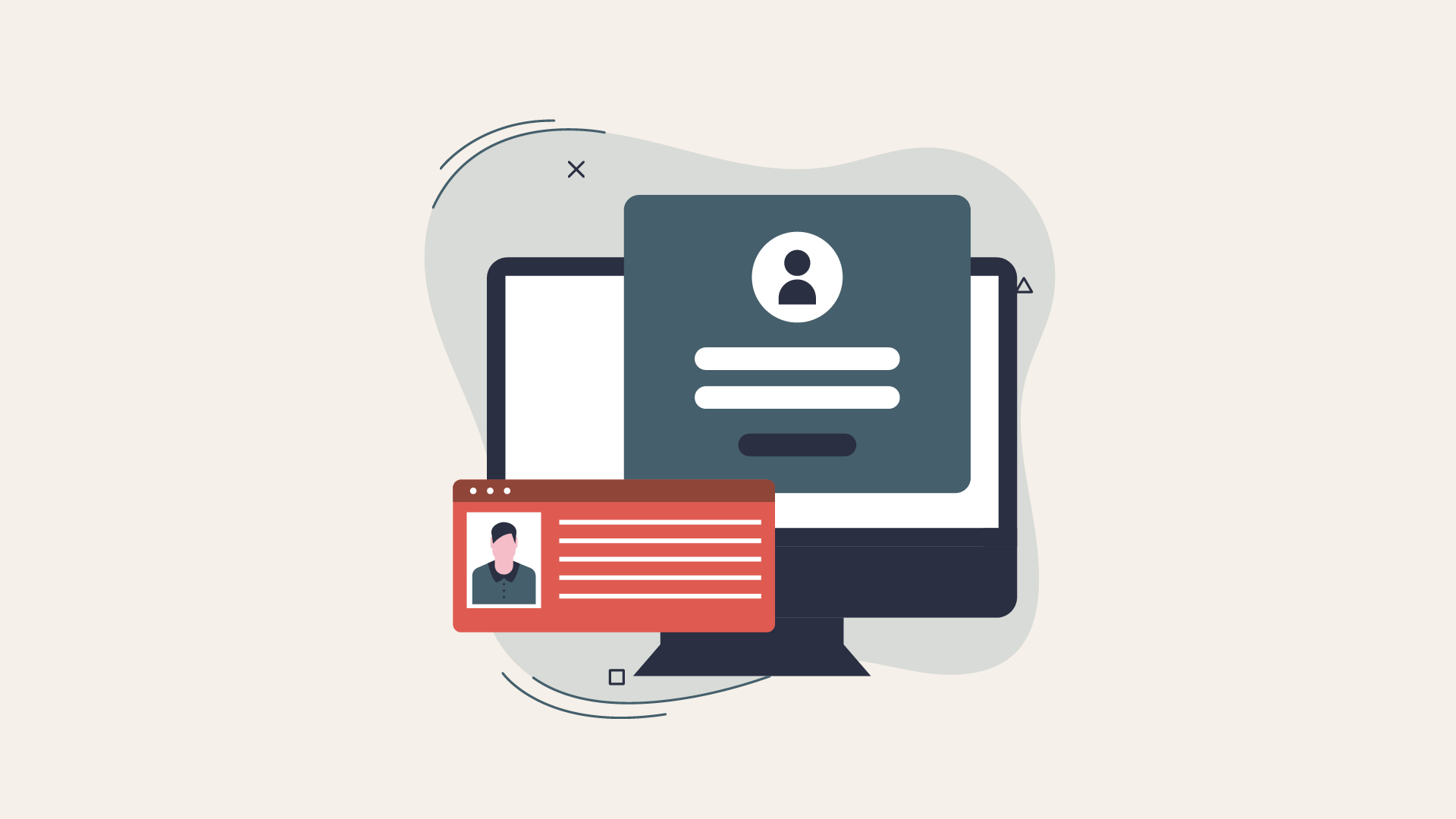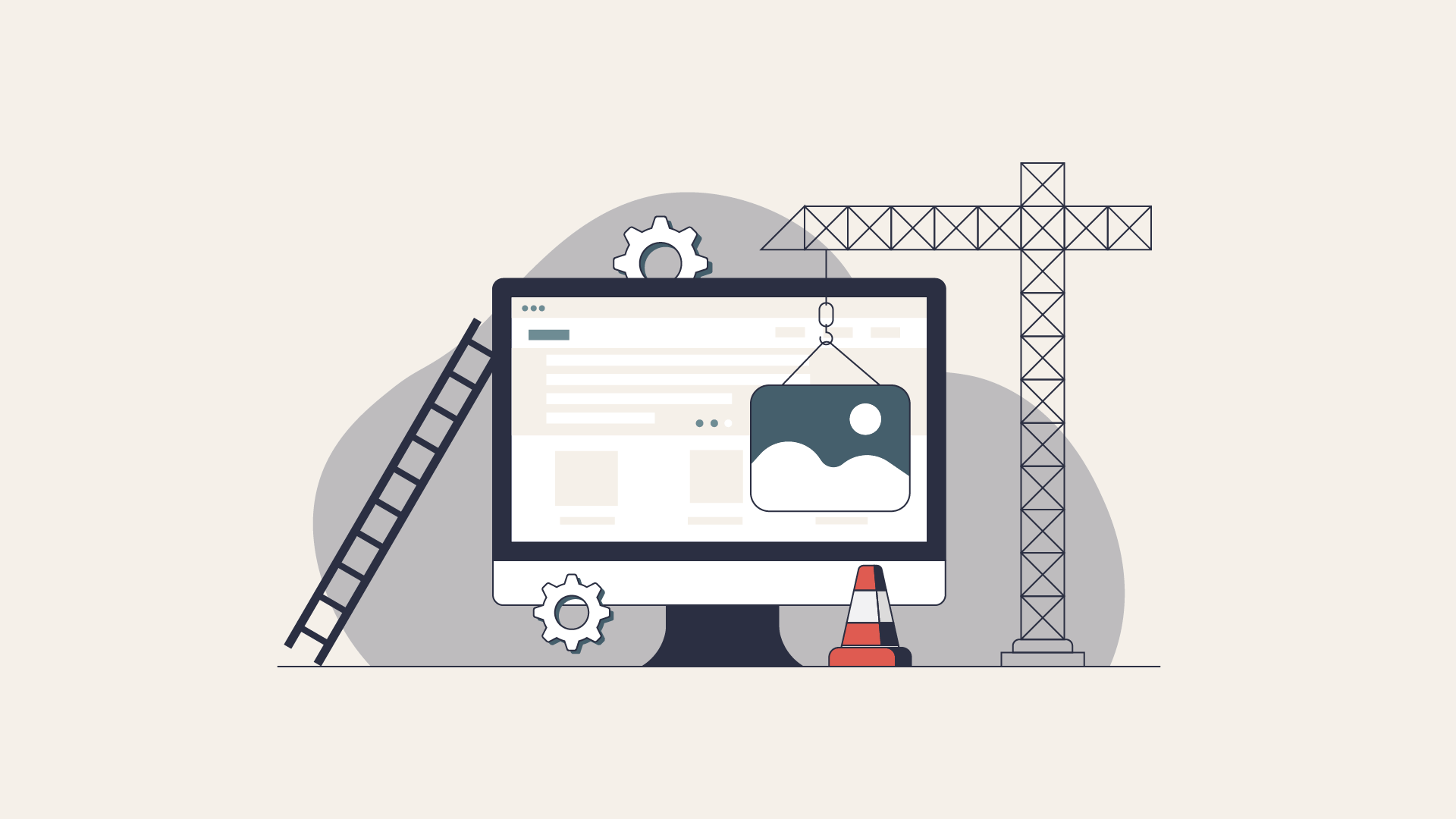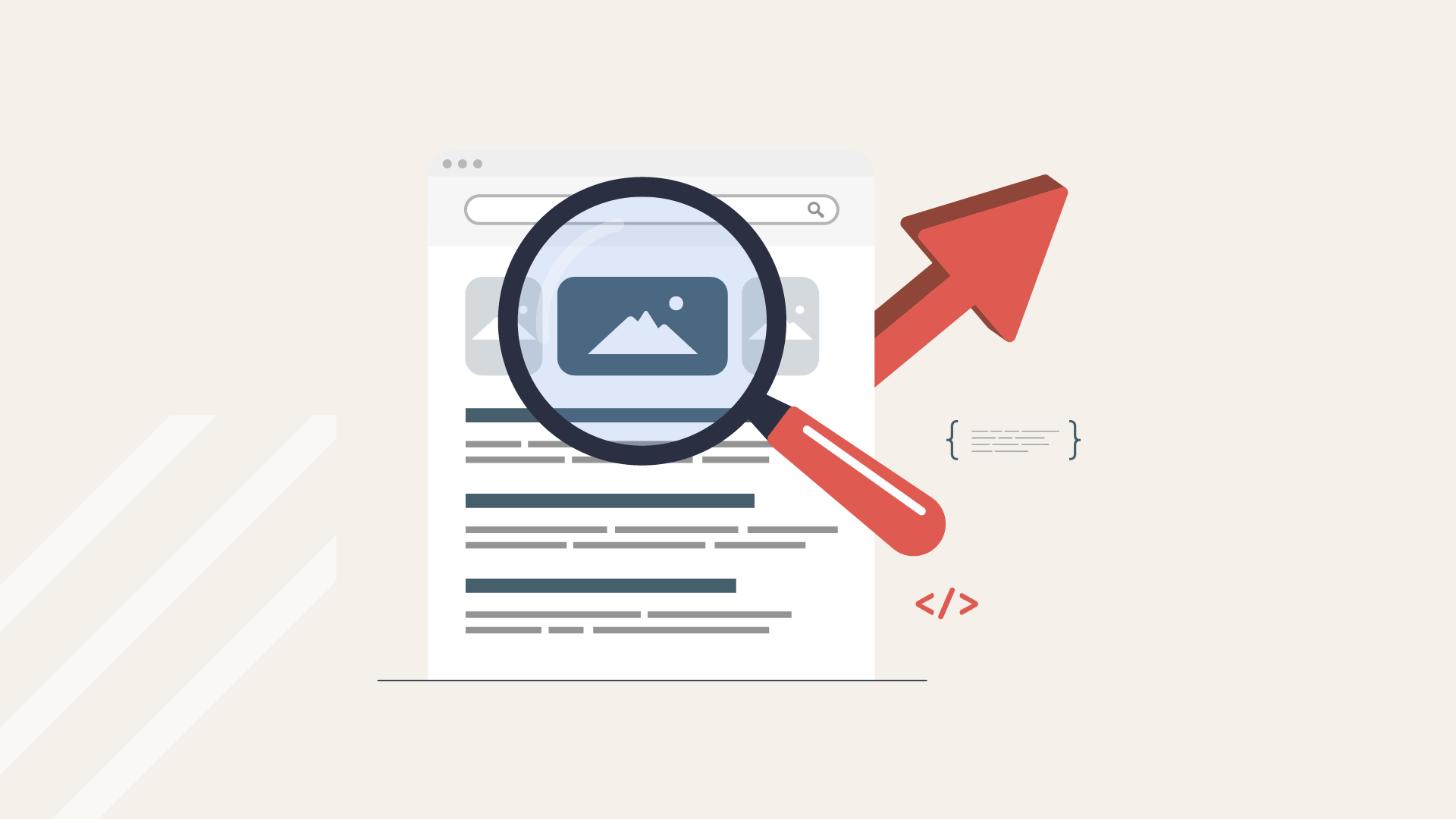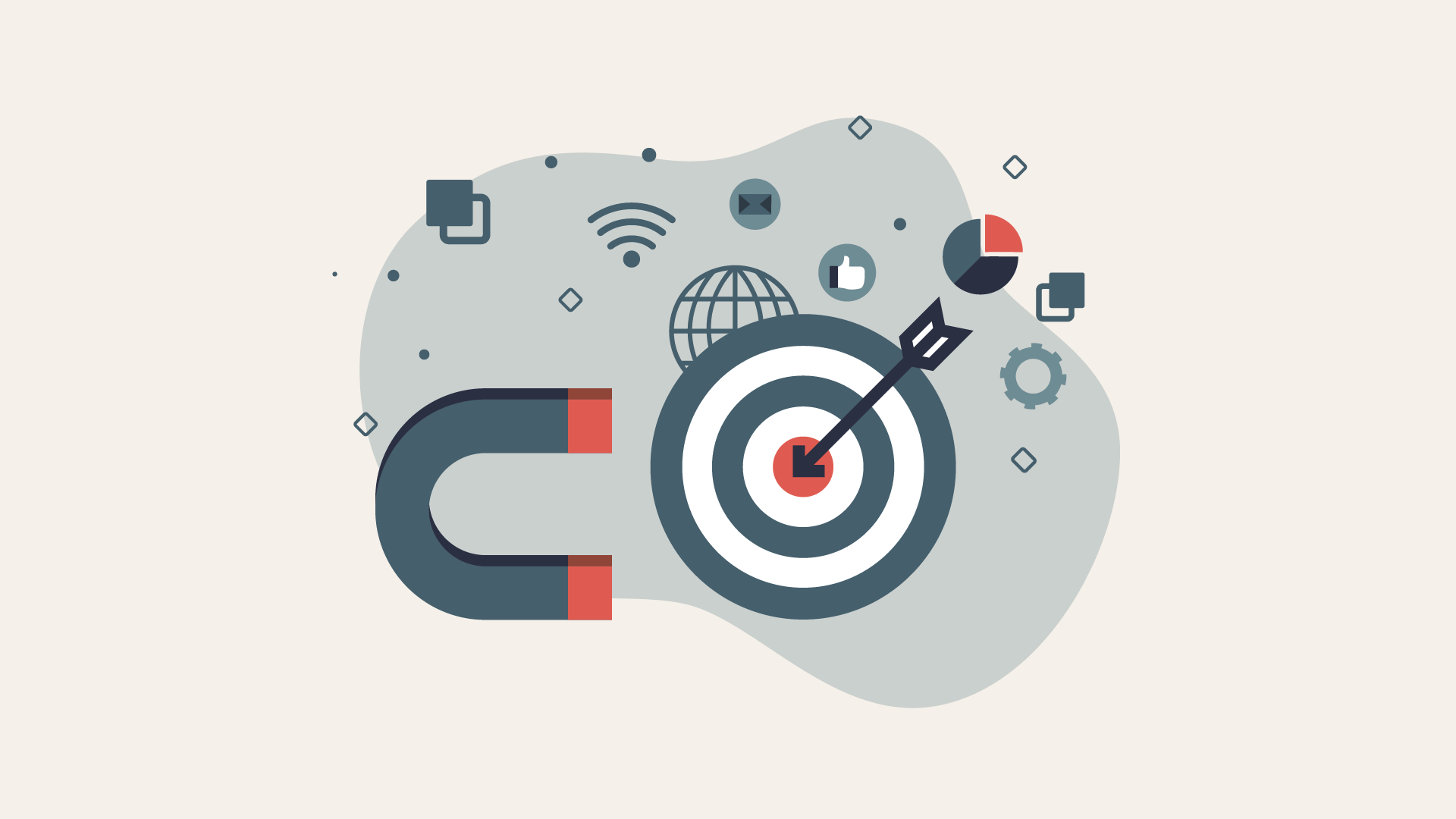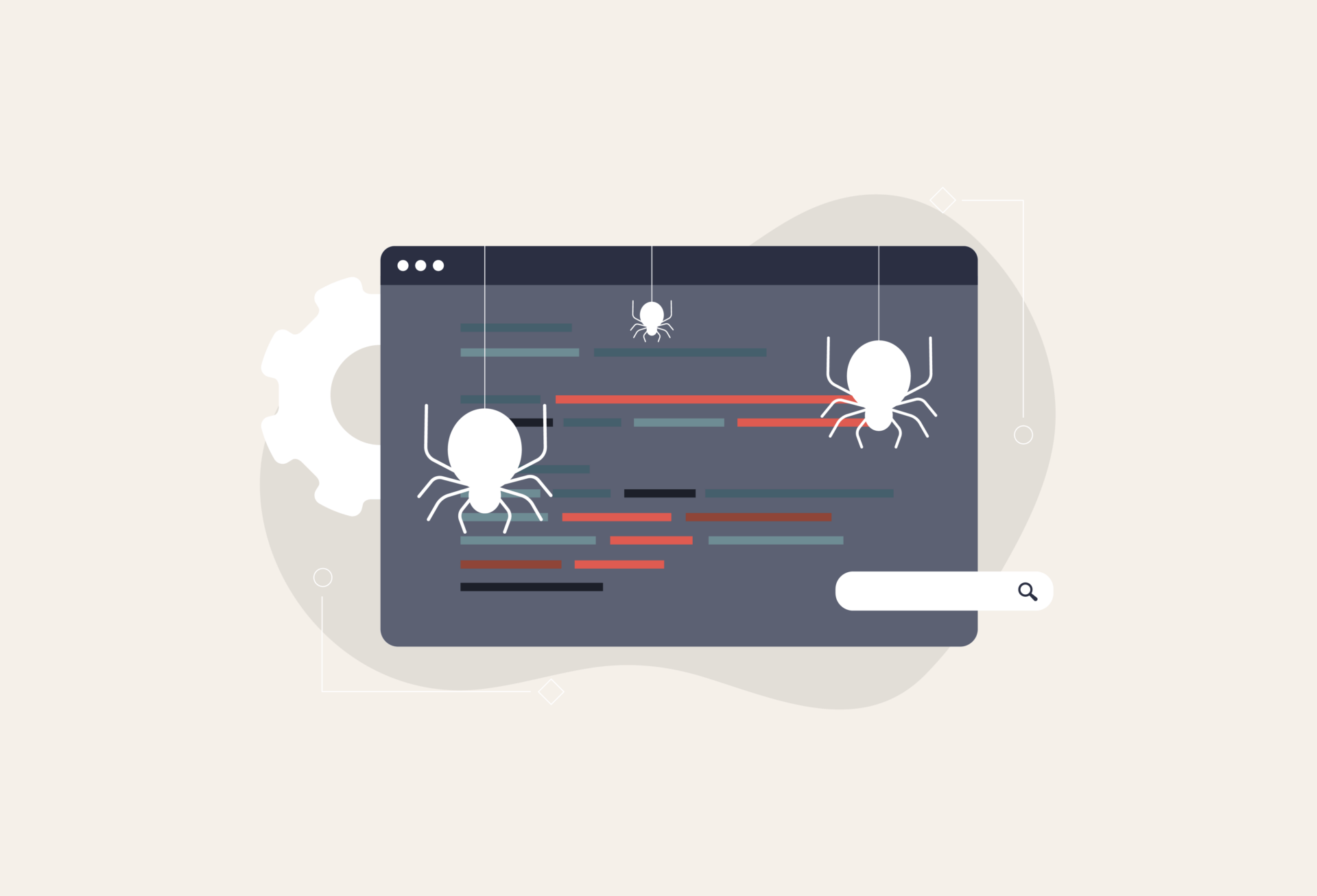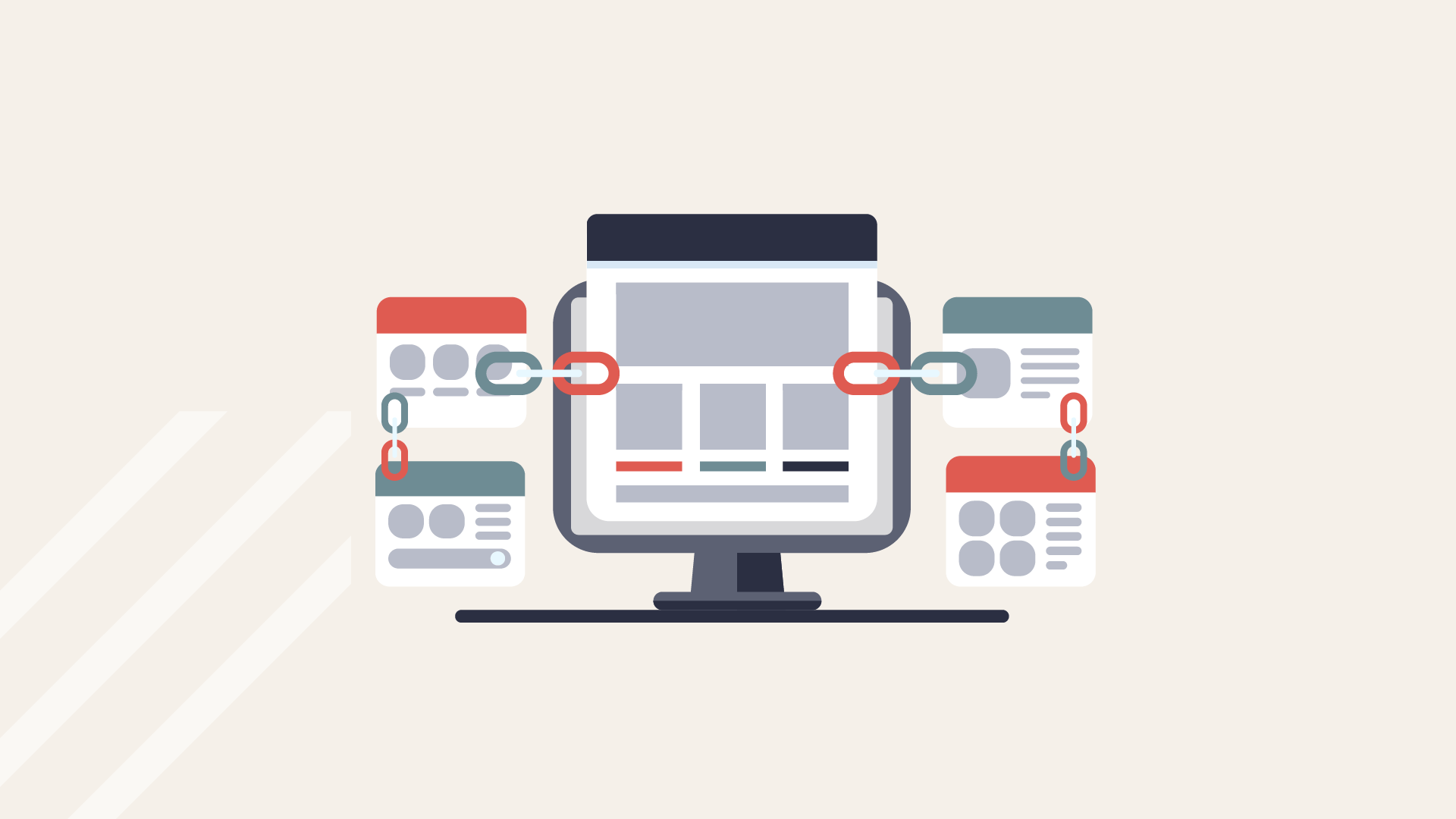If you’re thinking about rebuilding your website, you’re likely trying to improve its performance and user experience. A website rebuild can be a daunting task, but following a structured process can help ensure a smooth and successful outcome. Here are six steps to follow during a website rebuild:
Discovery
The discovery phase is all about understanding your business, your customers, and your goals for the website. It’s an opportunity to assess the current state of your website and identify any areas that need improvement.
Some key questions to consider during this phase include:
- What are the primary goals of your website? Is it to generate leads, sell products, provide information, or something else?
- Who is your target audience? What are their needs and preferences?
- What are the main features and functionality that your website currently offers?
- What are the main issues or pain points with your current website?
- What are the competitive websites in your industry doing well, and what could you learn from them?
To gather this information, consider conducting user research through surveys or focus groups, or performing a website audit to identify any technical issues or areas for improvement.
Concept
Once you clearly understand your business, customers, and goals, it’s time to start developing a concept for the new website. In this step, you will determine the site’s overall structure, layout, user flow, and navigation.
Some key considerations during this phase include:
- The hierarchy of content: How will the content on your website be organized and prioritized?
- The layout and design: What will the overall look and feel of the website be? Will it be modern and minimalistic, or more traditional and ornate?
- The user flow: How will users navigate the website, and what actions do you want them to take?
- The content strategy: How will you create, organize, and promote your content?
To develop the concept for your new website, you may need to create wireframes or prototypes to visualize the structure and layout. You may also consider hiring a UX designer to help with the user flow and navigation.
Content
Once you have a clear concept for the new website, it’s time to start thinking about the content that will populate it. This includes everything from the homepage’s text and images to the product descriptions and blog posts.
Some key considerations during this phase include:
- The tone and voice of your content: How do you want to come across to your audience?
- The types of content you’ll need: Will you have a blog, product pages, case studies, testimonials, etc.?
- The length and format of your content: Will you have long-form articles or shorter, more scannable content?
- The SEO strategy: How will you optimize your content for search engines?
To create content for your new website, consider conducting keyword research to identify the terms and phrases your target audience is searching for. You may also consider hiring a copywriter or content marketer to help with the writing and editing.
Design
Now that you have a concept and content for the new website, it’s time to start bringing it together with a cohesive design. This includes everything from the overall aesthetic to the typography and color scheme.
Some key considerations during this phase include:
- The visual branding: How does the website’s design align with your brand identity? What elements, such as logos, fonts, and colors, should be included to maintain consistency with your brand?
- The layout and structure: How will the different pages and sections of the website be organized and arranged? Will there be a consistent header and footer, or will each page have a unique layout?
- The images and graphics: What images and graphics will be incorporated into the design, and how will they be used on the website?
- The user experience: How will the design facilitate a smooth and intuitive user experience? Will the website be easy to navigate and use on different devices?
To create the design for your new website, you may need to work with a graphic designer or web designer. It’s important to have a clear vision for the look and feel of the website and to be open to feedback and iteration. The design phase is an important step in the website rebuild process, as it sets the foundation for the site’s overall user experience and visual branding.
Development
With the concept, content, and design in place, it’s time to start building the actual website. This is where the work done in the previous phases comes together to create a functional, user-friendly online presence.
Some key considerations during this phase include:
- The technology and platforms: What tools and frameworks will you use to build the website?
- The integration with other systems: Will the website need to connect with any other systems, such as a CRM or e-commerce platform?
- The testing and debugging: How will you ensure that the website is free of bugs and errors and works properly on different devices and browsers?
To develop the website, you may need to work with a web developer or agency. It’s important to communicate clearly with your team and set clear goals and deadlines to keep the project on track.
Rebuild Launch
Once the website is complete, it’s time to launch it and make it live for the world to see. This final phase involves a few key tasks:
- Testing the website: Before launching, it’s important to thoroughly test the website to ensure that everything is working as it should.
- Updating any necessary systems: If you’ve made changes to the website’s backend or integration with other systems, you’ll need to ensure that these are all properly updated.
- Redirecting old URLs: If you’ve made significant changes to the website’s structure or content, you may need to set up redirects from old URLs to new ones. Doing this will help ensure that users and search engines can still access the relevant content.
- Promoting the launch: Once the website is live, it’s important to let your audience know about it. This can involve sending emails, sharing on social media, or creating content to promote the new site.
Following these six steps can help ensure your website rebuild is a success. While it can be a lot of work, the end result will be a website that better serves your business and customers.

